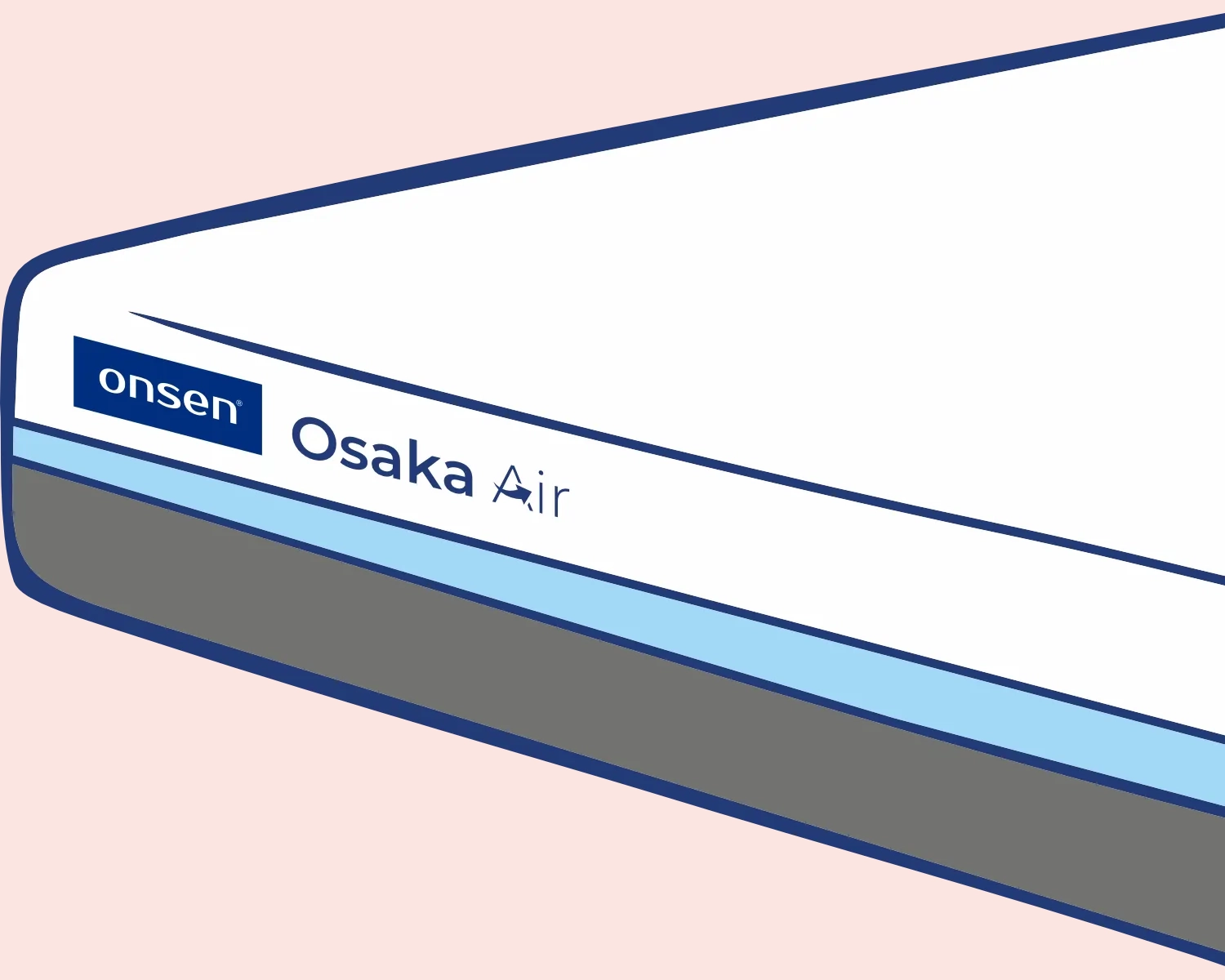To provide services at the highest level, we use cookies. Using the website requires you to choose settings related to their storage on your device. If you want to know what each type of cookie is used for, click the Details button below.
Mattresses or mattress? Which form is correct?24 maja 2021 |

The word materac is inflected in Polish according to the rules of masculine noun inflection. In the singular, the conjugation is typical, for example: mattress, mattress, mattress, mattress. In the plural, it is declined as: mattresses, mattress, matresses, mattresses.
The history of the mattress dates back to distant times and different cultures around the world. The first forms of sleeping support were filled with natural materials such as grass, feathers, hay or wool. The first records of mattresses come from the cultures of ancient Egypt and Persia. Over time, mattresses have evolved to take on different forms and materials depending on the region and available raw materials.
Mattresses differ in many respects, including filling material, size, hardness and technology. It is worth knowing that there is one universal mattress that is suitable for almost everyone.
The Italian word materasso is the original source of the word mattress. In its original meaning, it simply meant a pillow or a comfortable sleeping surface. Over time, in various languages, this term has acquired new meanings and now refers to a product intended for sleeping, which can have various forms and technologies.
The sleeping mattress is designed to ensure a comfortable and healthy sleep. Its main function is to support the body during sleep, providing adequate support for the spine and joints. Mattresses vary in hardness, filling materials and technology, but their primary purpose is to provide users with a restful, comfortable and restorative sleep.
| Thank you for adding a comment! |